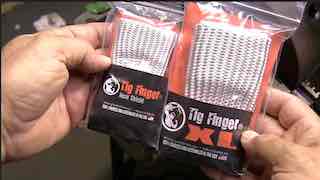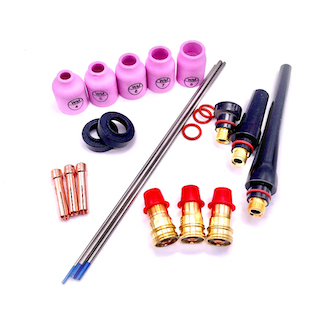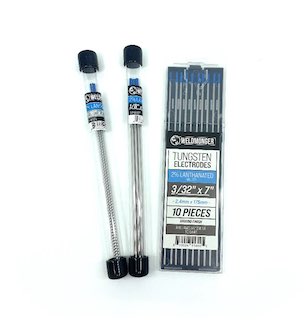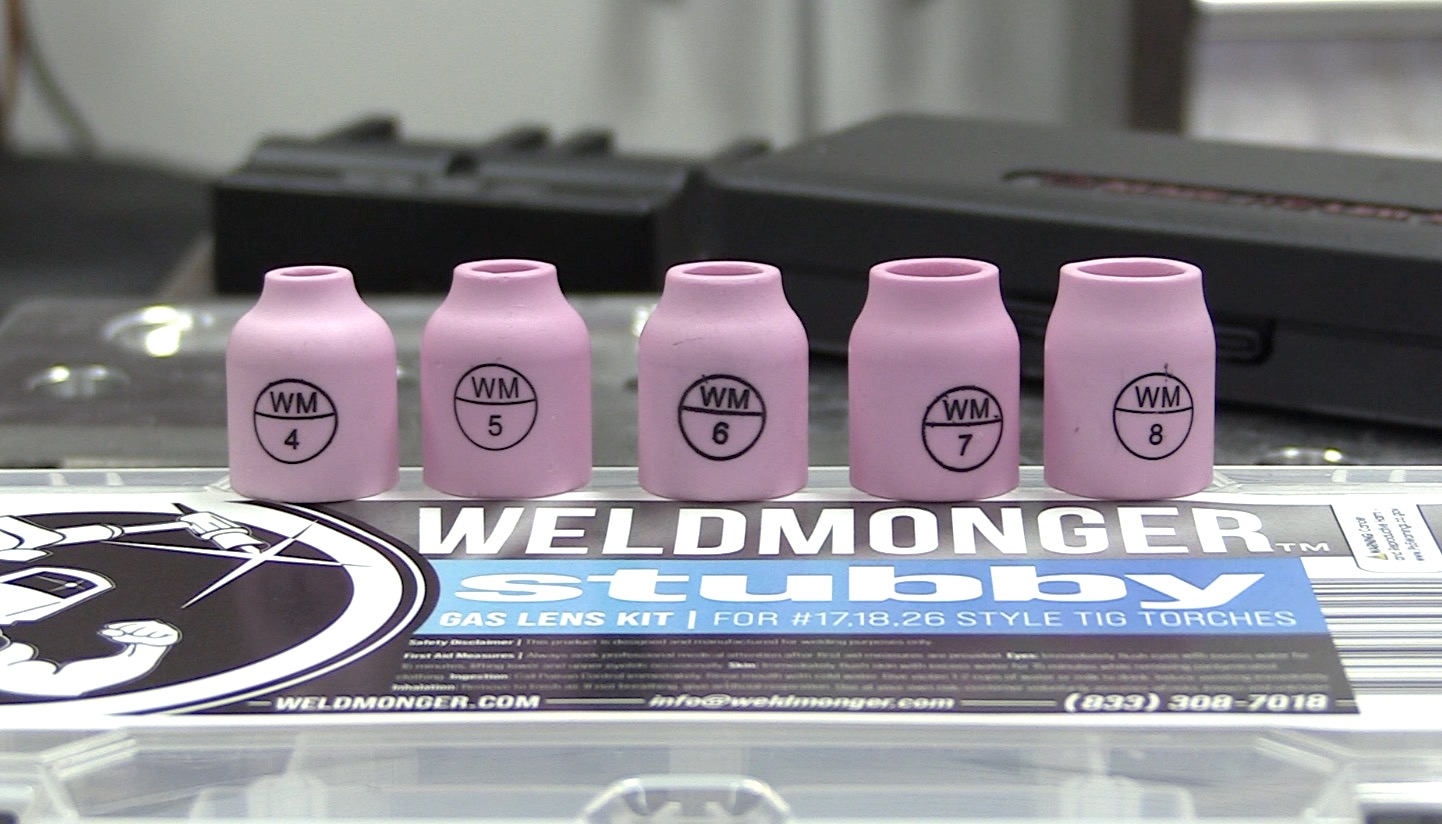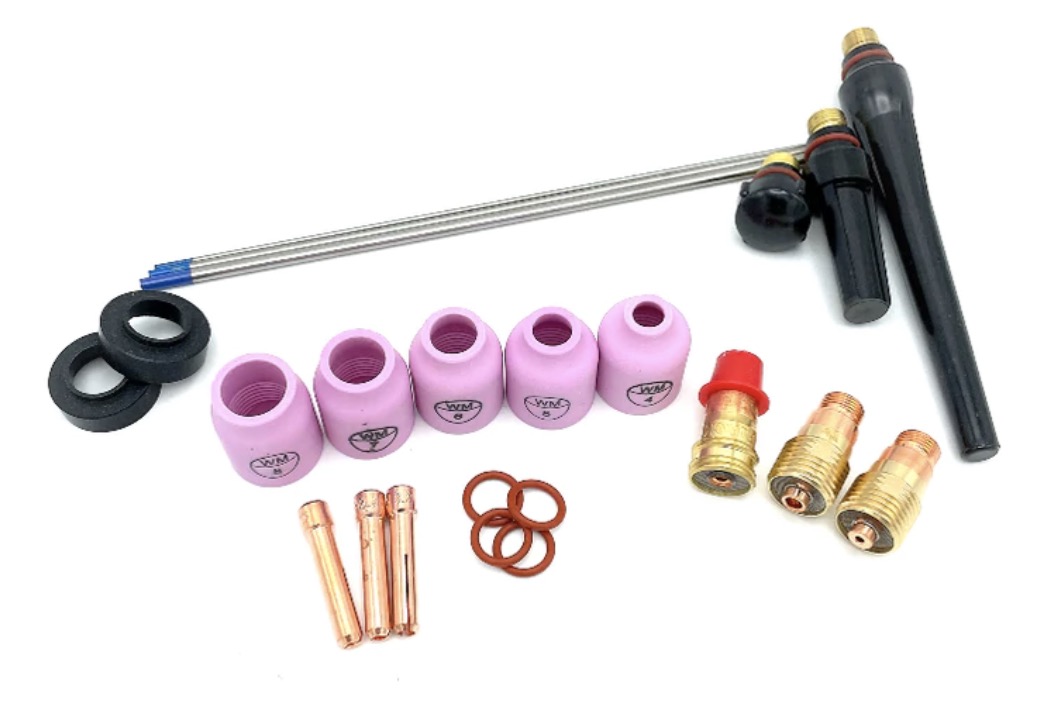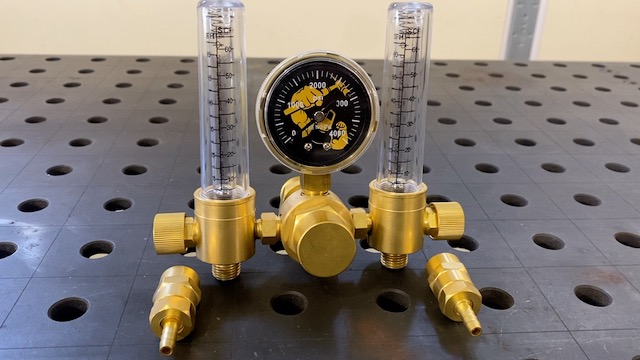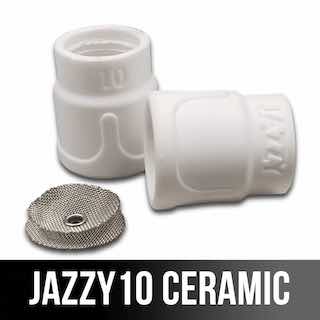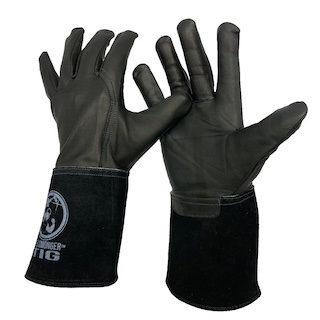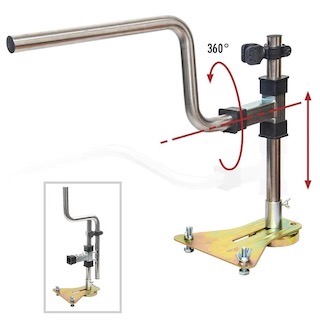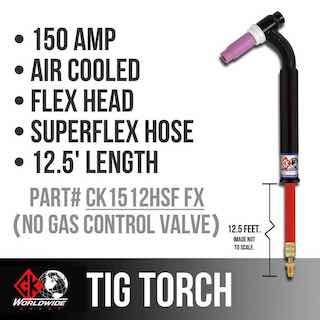Pulse Spray MIG Welding
- HOME
- MIG WELDING
- Pulse Spray Mig
Spray transfer mig and Pulse spray mig both spray a stream of tiny molten droplets across the arc and into the molten puddle.
The real difference between spray transfer mig and pulse spray mig is that instead of a constant spray of droplets, pulse spray mig uses a low pulsed current to maintain the arc and interrupt the spray transfer.
By interrupting the spray transfer with a low current, the process is more controllable and can be used to weld in all positions.
Pure spray transfer mig is just too hot to weld vertical uphill without triggering the gun...but pulse spray mig allows for vertical uphill.
Pulse spray mig makes a unique sound compared to spray mig or short circuit mig.
Spray transfer makes a humming sound and short circuit mig makes a bacon frying sound,
Pulse spray mig makes a unique buzzing sound.
Welding uphill with constant spray transfer is really difficult unless you trigger the gun and do a series of overlapping tack welds. This is not practical in production and is not considered a best practice.
Constant spray transfer mig is just too hot for welding uphill.
But pulse spray mig welding is more like short circuit mig when it comes to welding out of position welds in the way the puddle acts.
Recently I worked with my friend and Welderskills.com instructor MATT HAYDEN on some pulse spray mig videos and I was reminded of how much a pulse spray vertical weld resembles a short circuit. Mig weld in appearance.
I was also reminded of just how much more heat and energy pulse spray gives off when I got home and looked in the mirror to see the arc burns on my face and neck. I got too close with the camera in trying to get some good footage and I paid the price.
So what are some pros and cons to using pulse spray mig?
Lets start with the pros.
Pulse spray is a very versatile process due to the all position capabilities as well as high deposition rates and high travel speeds in flat and horizontal positions.
Another benefit is that pulse spray mig welding can use the same mixed gas as basic spray transfer.
In this video, we used 90/10 argon/co2 for pulse spray and that same gas works well for basic spray transfer mig.
There may be a few other benefits but those are the main ones in my opinion.
The main drawbacks are that that more expensive equipment is usually needed that what is needed for basic spray transfer mig.
One exception is a machine made by HTP called a pro pulse that is used by welderskills.com instructor Sam Hagan
Same uses this machine for all sorts of repairs on farm and industrial equipment
Pulse spray is a bit more complicated with more settings involved.
With basic spray transfer, you basically have voltage and wire speed settings to figure out on the machine.
With pulse spray, there are sometimes internal programmed settings and also a trim setting which affects arc length and voltage.
But like anything, once you get past the initial learning curve, its just welding another process.







